15 Body Tests That Can Reveal How Unique You Actually Are
Human bodies don’t all work the same way. There are peculiarities written into DNA and strange little surprises hiding in plain sight. These body tests don’t take long, but they can say a lot. You might discover something rare about yourself that you never knew.
Check Your Wrist for a Forgotten Climbing Muscle
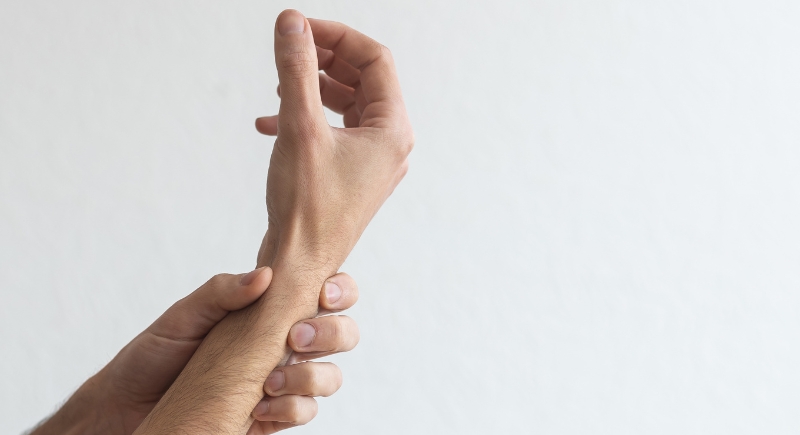
Credit: Canva
Lay your arm flat and touch your pinky to your thumb. See a long tendon rise from your wrist? That’s your palmaris longus. It’s a leftover from when our ancestors swung through trees, but around 1 in 10 people are born without it. Not having it won’t affect grip strength, so you’re not missing much.
Touch Your Toes and Look at the Second One

Credit: iStockphoto
If your second one is longer than your big toe, congrats—you’ve got what’s known as Morton’s toe. About 20% of people have this foot quirk. It’s popped up in Greek statues, including the Statue of Liberty. Some believe it gives a “leader” personality vibe.
Cover Your Ears, Then Look for a Tiny Hole
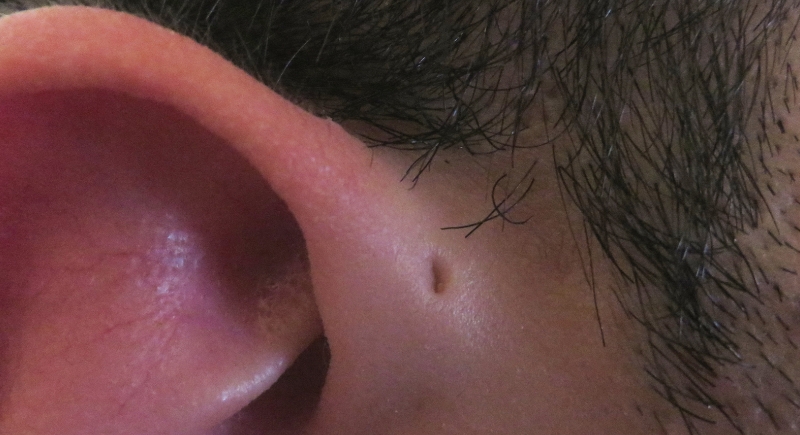
Credit: Wikimedia Commons
A small opening near the top edge of the ear might be a preauricular pit, a genetic feature seen in less than 1% of Americans. They form before birth and are sometimes called “evolutionary leftovers.” A few scientists even suggest they could be traces of ancient gill structures.
Lift Your Eyelids Then Count Your Lashes
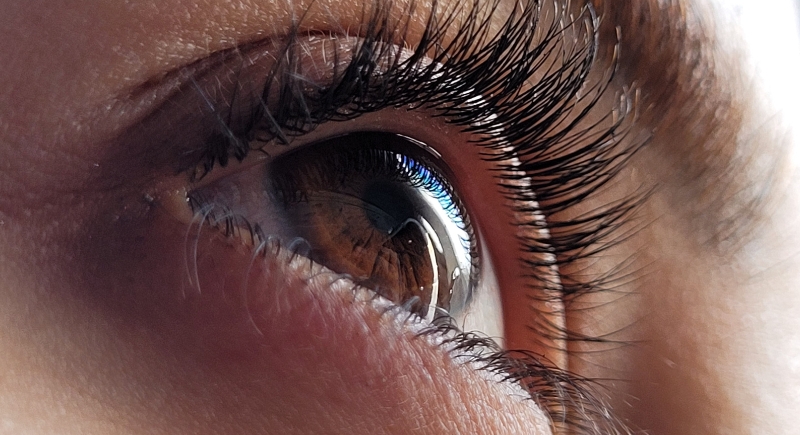
Credit: pexels
Some people are born with distichiasis, a condition in which a second row of lashes grows from the oil glands along the lid. Elizabeth Taylor was one of the few who had it, and it gave her eyes an unmistakable look. The extra lashes can be striking, but they’re not always harmless—irritation and tearing are common when those lashes rub against the eye.
Look at Your Eyes in Bright Light
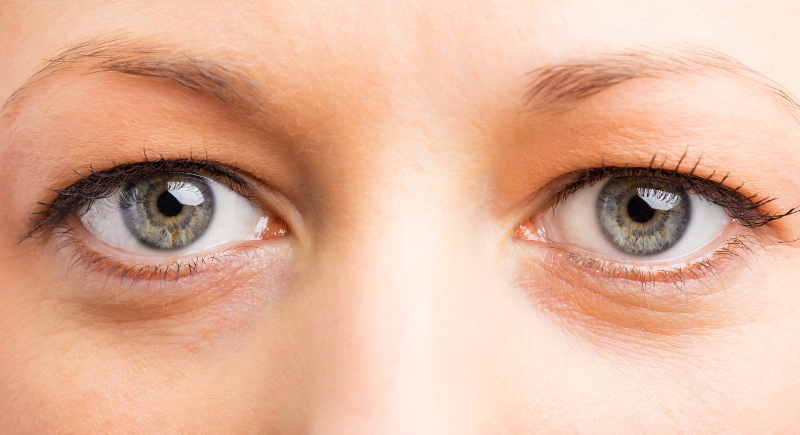
Credit: Canva
Green is found in about 2% of people, gray in less than 1%, and amber in around 5%. These colors result from melanin levels and light scattering in the iris. If your eyes shift shades depending on lighting, you might have a rare concentration of lipochrome pigment, which is a natural trick of light, not lenses.
Test Your Taste Buds With a Strip of Paper

Credit: Getty Images
Scientists use PTC strips to identify supertasters, who are people with more taste buds than average. Only about 25% of folks are in this group. Supertasters often find bitter vegetables too sharp and spicy foods too intense. They tend to eat less sugar and salt and may have better cardiovascular health.
Touch Thumb to Wrist—Can You Reach?
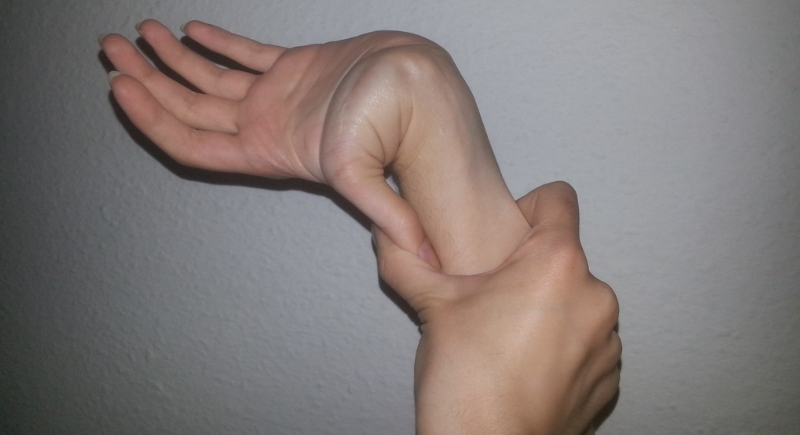
Credit: Wikimedia Commons
Try placing your palm on a table and bending your thumb back to touch your forearm. Most can’t. Those who can might have unusually flexible connective tissue. This trait can be a harmless genetic difference or a symptom of Ehlers-Danlos syndrome, a rare condition involving collagen.
Try Sleeping Only 4 Hours
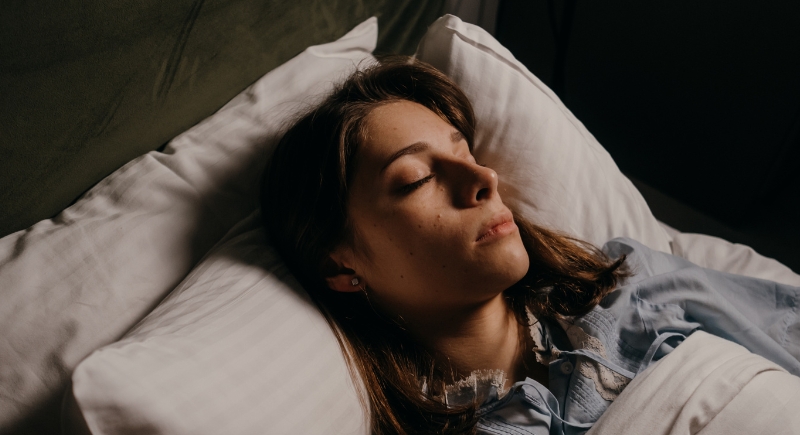
Credit: pexels
Most adults need 7–9 hours to function. People with a mutation in the DEC2 gene don’t. They wake up refreshed after 4–6 hours and stay sharp all day. It’s incredibly rare and estimated at around 5% of the population. Famous short-sleepers like Nikola Tesla and Leonardo da Vinci likely had it.
Unfocus Your Eyes on Purpose

Credit: Getty Images
If you can blur your vision at will without crossing your eyes, that’s a voluntary control of your ciliary muscles. Only about half of the people can do this on demand. It’s linked to visual flexibility and sometimes discussed alongside traits like ADHD or high creativity.
Check for a Double Hair Whorl
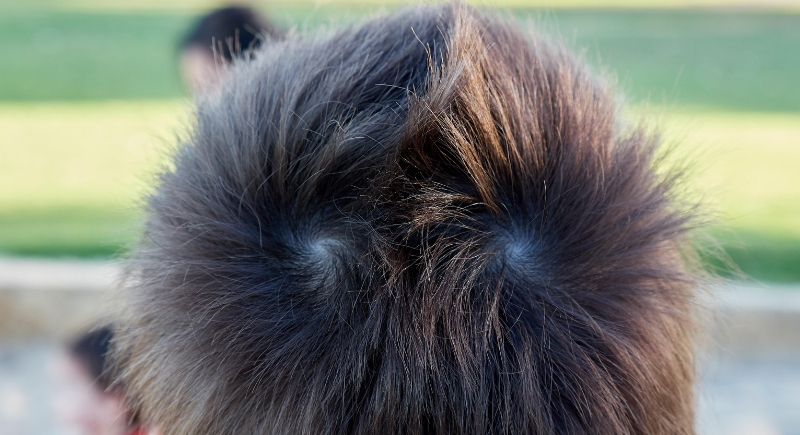
Credit: Reddit
Hair usually spirals out from one crown on your scalp, but about 5% of people have two. These whorls can go in opposite directions or overlap. Scientists aren’t sure why this happens, but it’s linked to embryonic development. Some studies even looked into possible connections with handedness or brain lateralization.
Listen for the Voice in Your Head

Credit: pexels
About 30% of people experience a constant narrator guiding their thoughts. However, this isn’t a mental health concern, but more of a cognitive difference. Those with an internal voice may find it helps with planning or self-reflection. Those without one often visualize scenarios instead of verbalizing them.
Check for Extra Ribs on an X-Ray
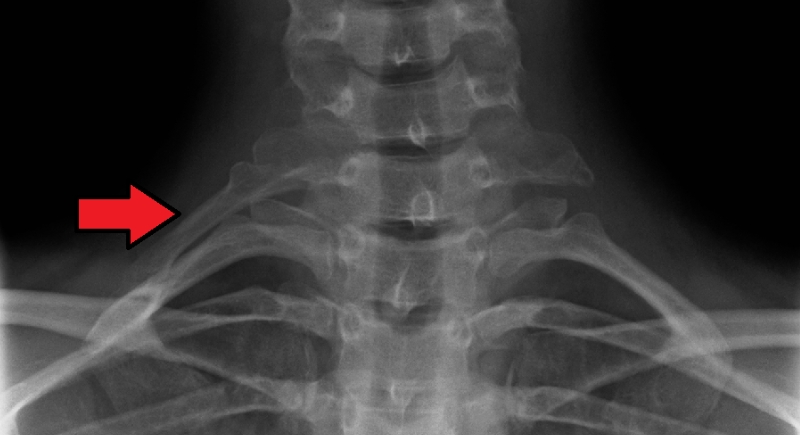
Credit: Wikimedia Commons
Most humans have 24 ribs, but some have 25 or even 26. These extra cervical ribs grow near the base of the neck and may never cause issues. Occasionally, they press on nerves or blood vessels. In most cases, though, they go unnoticed unless a scan reveals them.
Press on Your Eyelids With Eyes Closed

Credit: Canva
Seeing shapes, sparks, or swirling lights? You’re experiencing phosphenes. Most children see them easily, but many lose the ability with age. These visuals occur without actual light and are triggered by gentle pressure or movement of the eyes. They’re a normal neural response and part of early sensory development.
Check Your Belly Button Type

Credit: Getty Images
Most people have an innie, but around 10% have an outie. This trait doesn’t reflect anything medical—it comes from how the umbilical cord heals. That said, some seek surgery to change their look for cosmetic reasons. Still, navels host unique microbe ecosystems, no matter what shape they are.
Ask the Dentist About Those Missing Wisdom Teeth

Credit: Getty Images
As human diets softened and jaws shrank, the third molars became less useful. Missing them entirely means fewer dental headaches and possibly fewer trips to the oral surgeon. Genetic research suggests this trait could become more common in future generations.